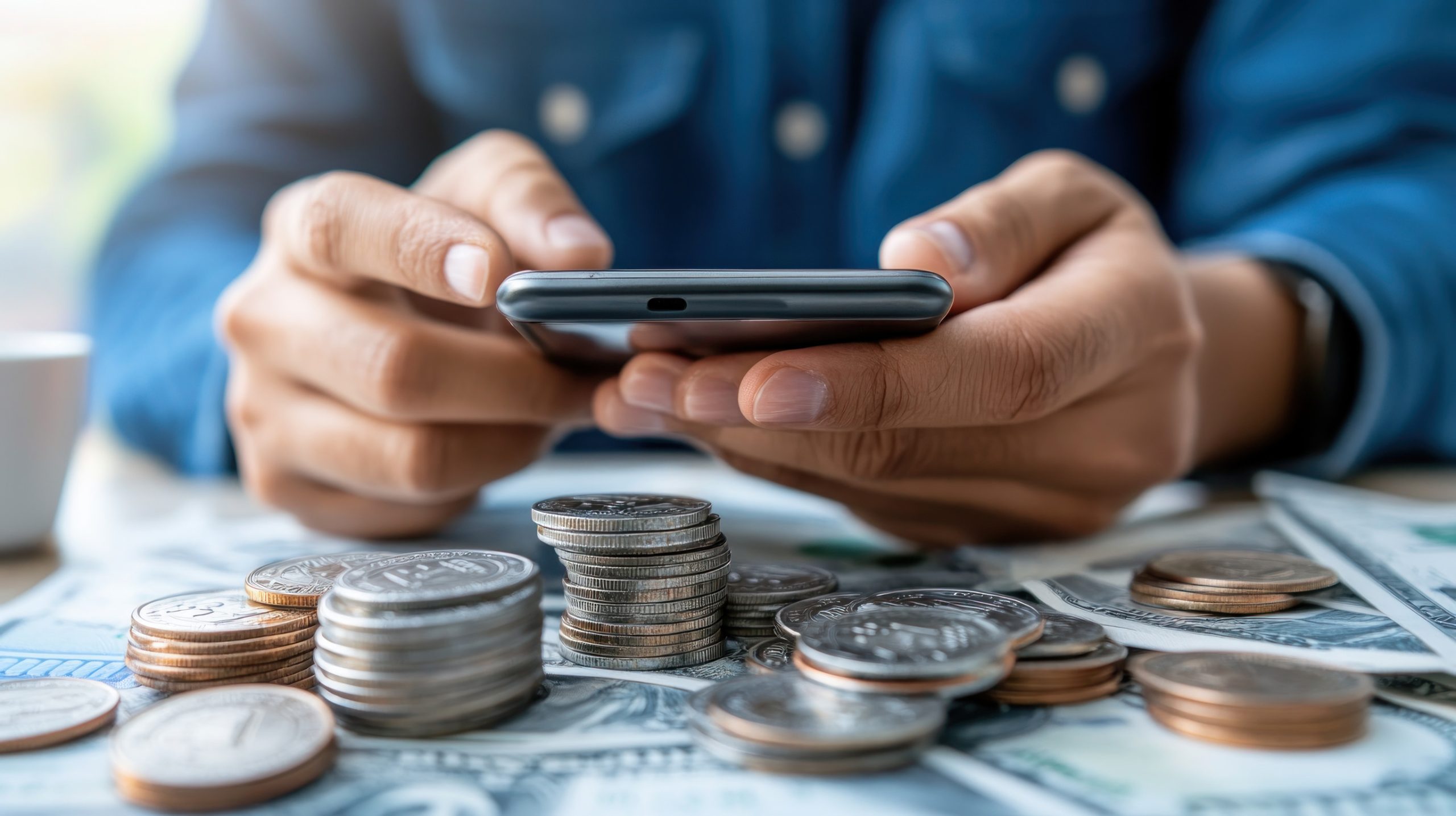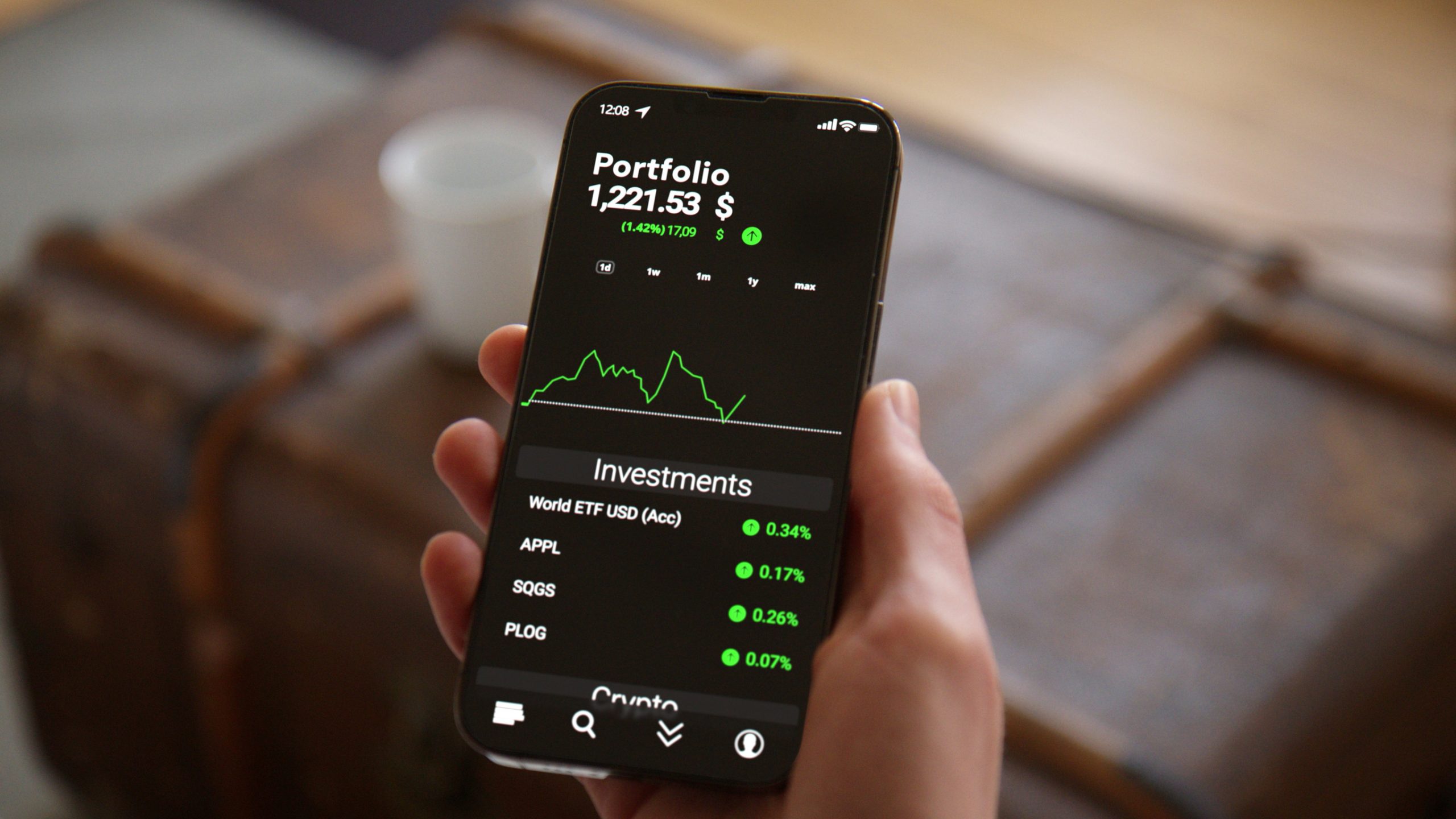
Ever downloaded a financial wellness app, thinking it would be your golden ticket to freedom, only to feel even more strapped for cash? That’s the sneaky paradox of some money apps—they market themselves as “smart” and “empowering,” but their designs can quietly nudge users into more spending, more borrowing, and, yes, more debt.
The shine of colorful dashboards and progress trackers makes it feel like progress is happening, even when your credit card bill is growing behind the scenes. Convenience becomes a trap when apps blur the line between helpful guidance and subtle spending encouragement. The truth is, some apps profit when you’re stuck in the cycle they promise to break.
1. The Credit-Building Trap
Apps that pitch themselves as “credit-building tools” often encourage users to take on micro-loans or subscription-based credit accounts in the name of improvement. While the short-term boost to your score feels rewarding, you’re essentially paying for credit that may not even be necessary. These services usually charge fees that stack up, keeping users in a cycle of debt disguised as financial progress. Instead of real financial freedom, the outcome is dependency on a revolving credit system. The irony is that in the name of helping, they quietly monetize your debt journey.
2. The Gamified Savings Gimmick
Some financial apps use gamification tricks—confetti bursts, flashy badges, and streak counts—to make saving and spending more exciting. While it feels fun, many push you toward “goals” that require credit-linked purchases or spending more to “level up.” The app’s design can reward you for habits that indirectly encourage borrowing, often tied to hidden partner deals or credit products. Instead of teaching sustainable saving, the focus shifts to engagement metrics that boost their bottom line. In the end, you’re playing a game where the house always wins, and the house wants you in debt.
3. The Subscription Savings Drain
Apps that offer “automated savings” through subscriptions sound practical, but the math doesn’t always favor the user. A few dollars tucked away each month often comes with a service fee that quietly eats into those very savings. Over time, you could pay more in fees than you actually save, which is counterproductive for financial health. These apps profit when users don’t notice the fine print or feel too attached to quit. The result is a long-term drain masked as responsible money management.
4. The Instant Cash Advance Illusion
Apps offering instant pay advances can feel like a lifeline when money is tight, but they often blur the line between help and harm. The catch lies in the hidden fees, tipping culture, and expectations of repeated use that create dependency. Instead of solving financial shortfalls, they condition users to rely on constant micro-loans. The convenience masks the cost, and before long, advances become a crutch rather than a bridge. This model benefits most when users stay trapped in paycheck-to-paycheck cycles.
5. The Budgeting App with Upsells
Budgeting apps should be about clarity and control, but many have shifted toward premium upsells that encourage more spending. Some link directly to credit card offers, loan services, or “financial partners” that promise rewards. What looks like smart advice is often a carefully placed ad designed to get you borrowing more. Users walk away feeling like they’re making informed choices when in reality, they’re being guided toward debt. The platform wins when you pay for extras or sign up for “exclusive offers.”
6. The Investment App That Pushes Risk
Micro-investing apps have exploded in popularity by making stock market access simple and exciting, but the thrill comes at a cost. Many encourage high-risk investments, often using bright, gamified features that downplay the potential for loss. This can lead users to overextend with money they don’t actually have, sometimes even borrowing to keep playing. The subtle push toward more trades and more risk keeps fees flowing into the platform. For the user, the risk of debt rises just as fast as the charts on their screen.

Rethinking “Wellness” in Money Apps
Not every financial app is the enemy, but too many thrive on keeping users stuck in cycles that benefit the platform more than the person. When the business model depends on you spending, borrowing, or taking risks, the promise of “financial wellness” becomes smoke and mirrors. True money management should simplify, not complicate, and empower, not entice. Before hitting download, it’s worth asking: is this tool helping me, or is it helping itself to my wallet?
Share your thoughts below—have you used apps that made debt feel unavoidable?
Read More
8 Items You Bought at the Grocery Store That Are Being Repackaged as “Wellness”
7 Workplace Wellness Programs That Are Quietly Failing Employees
The post 6 Financial Wellness Apps That Promote Debt Without You Realizing It appeared first on Everybody Loves Your Money.







